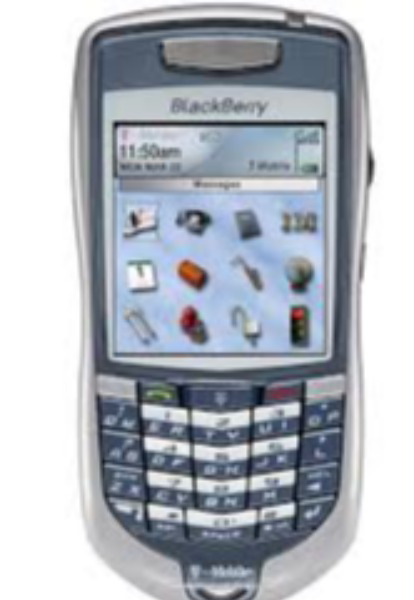


The BlackBerry 7100 Series, launched in Q4 2004 by Research In Motion (RIM), includes models like the 7100t, 7100v, 7100g, and 7100x, introducing a sleeker design with SureType technology—a predictive text system using a QWERTY-like layout with two letters per key. Priced around $200-$300 at release, these devices featured a 2.37-inch 240 x 260 display, 32 MB storage, and 4 MB RAM, running BlackBerry OS. They offered email, SMS, web browsing, and Bluetooth, targeting users who wanted a smaller, more phone-like BlackBerry. In 2025, the 7100 Series is obsolete, with BlackBerry OS services discontinued in 2022, no modern connectivity, and no app support. Its compact design still appeals to collectors, available on secondary markets for $20-$50.
|
Feature |
BlackBerry 7100 Series (7100v) |
|
Release Date |
Q4 2004 |
|
Display |
2.37" TFT LCD, 240 x 260, 65K colors |
|
Processor |
Not specified (ARM-based, ~312 MHz) |
|
RAM |
4 MB |
|
Storage |
32 MB, no microSD support |
|
Rear Camera |
None |
|
Front Camera |
None |
|
Battery |
960 mAh, removable |
|
OS |
BlackBerry OS (discontinued) |
|
Build |
Plastic body, no IP rating |
|
Connectivity |
2G GSM, Bluetooth 1.1 |
|
Price (Launch) |
~$200-$300 |
To make a modern BlackBerry 7100 Series competitive in 2025, the following enhancements could address its shortcomings while preserving its compact design:
The BlackBerry 7100 Series was a groundbreaking device in 2004, introducing SureType technology and a sleeker, more phone-like design to BlackBerry’s lineup, making it accessible to a broader audience beyond enterprise users. Its compact form factor, color display, and Bluetooth support were impressive for its time, as noted in user reviews from the era. However, in 2025, the 7100 Series is obsolete, with BlackBerry OS services discontinued in 2022, no modern connectivity, and no app support, rendering it non-functional for practical use. The lack of a camera and limited storage further diminish its utility. For collectors or BlackBerry enthusiasts, a used 7100 Series device priced at $20-$50 on platforms like eBay might hold nostalgic value as a piece of tech history. For most users, however, modern budget phones like the Samsung Galaxy A35 or Motorola Moto G Power (2025) offer vastly superior performance, 5G support, and long-term software updates, making them far more practical choices in 2025.
The overall rating is based on reviews by our experts
No reviews yet
|
How Is the Design? |
|
|
How is the Display? |
|
|
How is the Camera? |
|
|
How are the Features? |
|
|
How is the Connectivity |
|
|
How is the Usability? |
|
|
How is the Performance? |
|
|
How is the Battery Life? |
No prices available